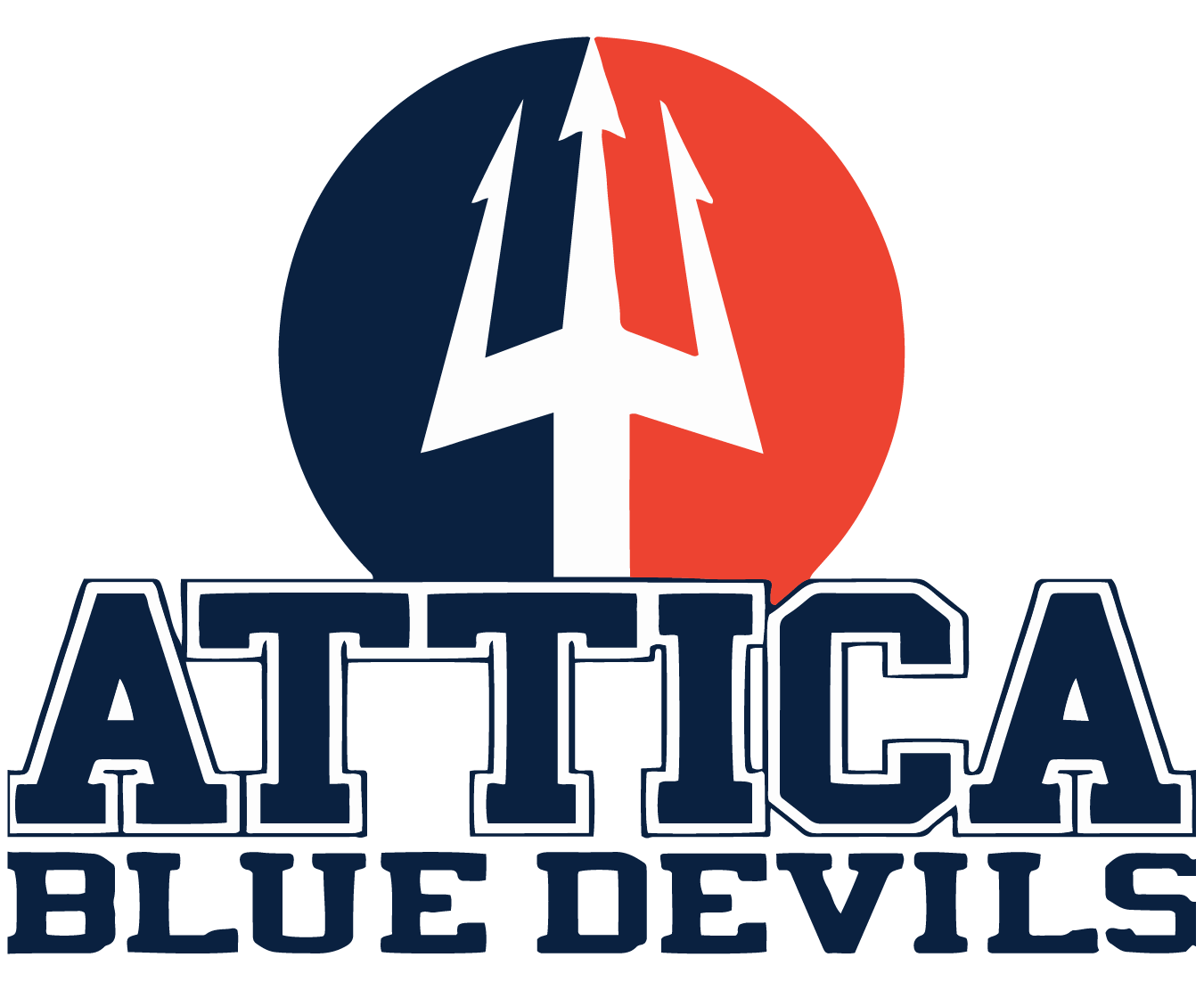Thursday was Holocaust Remembrance Day and students in the middle and high school participated in lessons aimed at ensuring we never forget the systematic mass murder of millions of Jews and other “undesirables” during World War II.
Middle school students in Mrs. Erin Holt’s ELA class participated in a discussion Thursday morning of what evil looks like before Holt put photographs of four people up on her Smartboard and challenged students to identify who were the Nazis and who were the Jews.
Holt’s students largely agreed that most doctors are good people and that the woman pictured in medical attire was, therefore, probably not a Nazi. They were surprised to learn, then, that the woman pictured was Rosemarie Albrecht, a doctor who was charged with euthanizing a mentally ill patient at a hospital in Stadtroda, Germany, in 1941. During Albrecht’s time at the hospital, other patients with mental disabilities died under mysterious circumstances, German prosecutors alleged in 2004 when they brought charges against the then 88-year-old.
“We can’t look at somebody and say ‘Wow, that person’s really evil because they have 800 tattoos and they’ve got prison finger tattoos.’ You know what? Maybe that person’s a gentle giant who doesn't do anything wrong,” Holt said. “You can’t tell by looking at their faces… you've got to look at their actions.”
Holt’s student then watched recorded interviews of Ruth Cohen, who lost more than 60 family members during the Holocaust, and Frank Cohn, who fled Germany for the U.S. days before Kristallnacht, but returned to Europe as a member of the U.S. armed forces a few years later, serving in the 12th Army Group Intelligence Unit.
Later on Thursday afternoon, in Mr. Luke Simon’s and Mrs. Jody Brydalski’s joint Holocaust elective, high school students continued work on a project profiling historic figures and their actions during the Holocaust.
Among the handful of people Gabriella Rodriguez profiled were Ala Gertner.
“She was in Auschwitz, she was a part of the resistance and the uprising and then she was actually one of the last to be publicly executed in that concentration camp,” said Rodriguez, a senior.
Another, Irena Sendler, was a Polish social worker who used her connections to save Jewish children after Germany invaded her country in 1939.
“She was actually captured but she was able to get out and she still continued her work as a social worker even after being captured,” said Rodriguez. “She saved a lot of kids.”
A self-confessed “history nerd,” Rodriguez said the class is more narrowly focused and allows more of an opportunity to delve into specific topics than your typical history class.
“When you're sitting in your normal history class… you're learning some people helped and some people didn't and this is the amount of people that died. But here, you’re actually looking into the people that risked their lives to help Jews, the people that survived, but at what cost did they survive and you're really diving into their lives and their stories,” she said. “...It really makes you question how someone could have done something so gruesome and so horrific. It really opens your eyes, I guess, in a sense.”
If she’s taken one thing away from the class, Rodriguez said it’s that when push comes to shove, most people won’t do anything to stop a regime intent on committing genocide.
“These people that helped were so few and far between - there’s not many of them,” she said. “Most of ‘em were like ‘I’m going to give up the Jews because that’s what we’re supposed to do’ and they didn't even care to look into where they were going.”
Mrs. Erin Holt put photographs of four people up on her Smartboard Thursday morning and challenged her middle school ELA students to identify who were the Nazis and who were the Jews. The exercise served as an object lesson in the difficulty of identifying evil.
Students in Mrs. Erin Holt’s middle school ELA class watch an interview of Auschwitz survivor Ruth Cohen, who lost more than 60 family members during the Holocaust.
Mr. Luke Simon introduces a video from the United States Holocaust Memorial Museum Thursday afternoon during his and Mrs. Jody Brydalski’s joint Holocaust elective.




